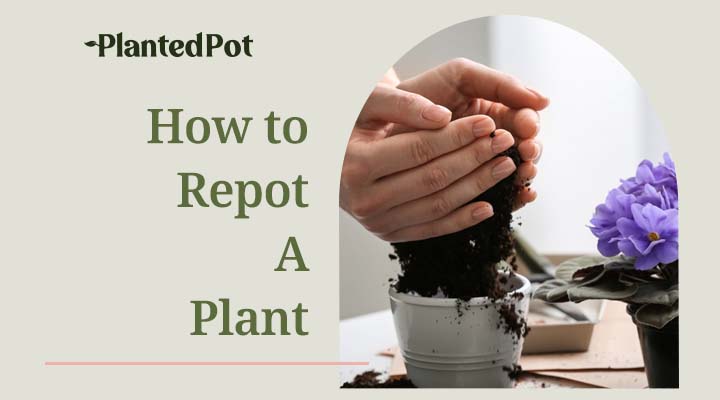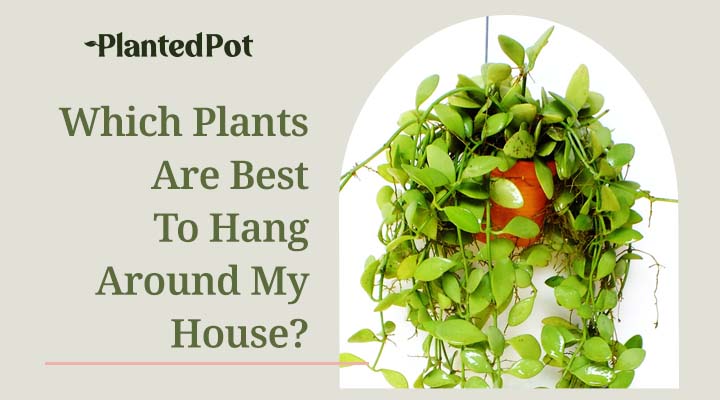
What Is the Difference Between Annuals and Perennials? [Planting Guide]
Home / What Is the Difference Between Annuals and Perennials? [Planting Guide]
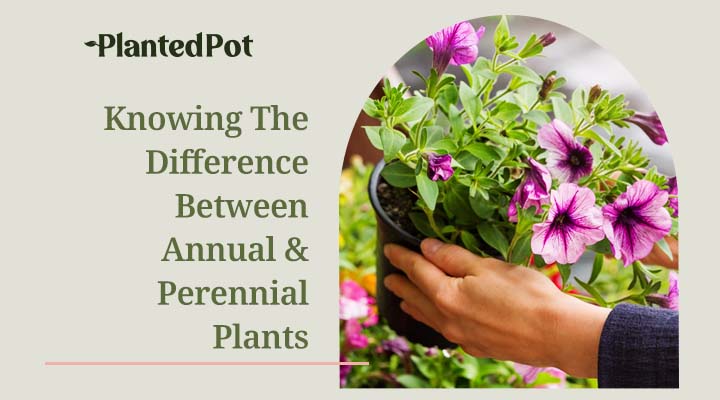
What Is the Difference Between Annuals and Perennials? [Planting Guide]
There is one thing that we know for certain, and that’s that we don’t know anything at all! To know the difference between perennials and annuals, we first must know what these two plant types are. “Perennial” can be used to describe plants that come back for many seasons versus their counterparts “annuals,” which flower once a year.
You may come across terms such as “hardy” and “half-hardy annual,” or even “tender perennial.” What is clear about either of these plants is that no one is “better” than the other. They typically have different growing seasons and flower at different times of the year. Does that answer any of your questions? Or just pose new ones? If you’re just as confused as to when you first started reading, we can’t guarantee it gets better! Kidding! Let’s get started.
What Are Annual Plants?
Annual plants are plants that germinate, flower, set seed, and die, all in the span of a season. Sounds like a lot of work for a plant, doesn’t it? You’d be surprised; plants literally have the ability to make our world go round! I’m serious. Where do you think that our air comes from?
Many of these plants will drop seeds that you can collect to grow new plants in the spring. As mentioned before, annuals will also bloom all season until frost, which is another word for midwinter. This way, you get a consistent color and beautiful, showy blooms all season long.
Annual Plant Types
Not all annual plants fall under the category of “annual plants.” Makes sense? We promise it gets better. There are three types of annuals. Each of these subgroups contains plants with unique characteristics.
Hardy or Cool Season Annuals
These annuals thrive in the cool to moderate temperatures of early spring and fall. They can also tolerate exposure to light frost without being protected from these elements.
Here are a few examples of these plants.
- Forget-Me-Not
- Larkspur
- Snapdragon
Tender or Warm Season Annuals
These plants are native to tropical or subtropical climates and require heat to grow. They do not do well during cold weather! If you want these plants to thrive under your care, it is best to wait until late spring to add them to your garden.
Some of the plants in this category include:
- Marigolds
- Petunias
- Geraniums
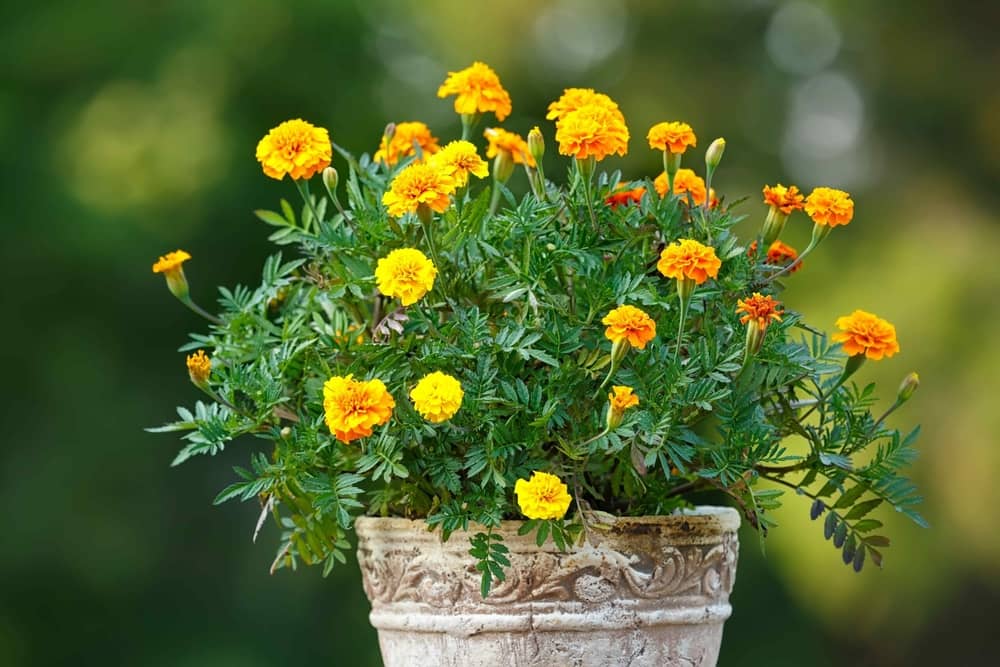
Half-Hardy Annuals
These annuals are most common during the fall! They can grow and tolerate a wide range of temperatures. This includes periods of cooler weather at the beginning or end of the gardening season.
Here are some annuals you may consider adding to your garden, especially if you like low-maintenance plants!
- Ageratum
- Lobelia
- Zinnia
Why Choose an Annual Plant?
Growing annuals is great for those that want to experiment with different plants and colors. Because annual plants live seasonally, there is no long-term commitment involved. These plants are perfect for temporarily bulking up your garden and filling bare spots throughout.
Planting annuals is a form of instant gratification. Yeah, it’s not like watching grass grow! Okay, we’re kidding. It’s not THAT fast. Annuals do mature faster than perennials and often bloom from planting time until midwinter. In some cases, they bloom for a slightly longer period.
These plants do more than just adding a pop of color to your garden. They have actual jobs! They may be able to pay rent. Kidding! They will be worth your while, though! Adding annuals to your vegetable garden will fill in the gaps when early-season crops are harvested. They can also help attract pollinators, increasing the production of edible crops!
What Are Perennial Plants?
Perennials can live for three or more growing seasons. Unlike their short-lived counterparts, they are typically cold-hardy plants that return during the spring. Most perennials typically bloom for only one season each year. There are also reblooming and long-blooming perennials.
When grown in good conditions, perennials live a long time but don’t last forever! Their lifespan varies, and some may only live for three to five years. Perennials also vary greatly in terms of care. Some need to be pruned regularly, while others are tough and undemanding, thriving on neglect.
While perennials last longer than annuals, the top portion of a perennial dies in winter, and new growth appears the following spring from the same root system. Perennials tend to have less showy flowers and bloom for a shorter period, usually two to six weeks.
Perennial Plant Types
Perennials are classified as hardy, herbaceous, semi-woody, woody, and tender. Technically speaking, trees and shrubs can be considered perennial plants because they grow for more than two years.
Woody Plants
Woody plants consist of trees, shrubs, and vines whose above-ground parts survive winter and continue growing in the spring. These are usually plants whose stems and larger roots are reinforced with wood produced by xylem. A layer of bark usually covers the stem, branches, and roots.
Here are some examples of woody perennials, plants, and even some vegetables!
- Climbing Hydrangea
- Dahlia
- Asparagus
- Sweet potato
- Chives
Herbaceous
Herbaceous plants die back to the ground at the end of the season. This doesn’t mean that they’re dead; however, the foliage above the ground is. The roots are very much alive, so don’t be too hasty in ripping them up out of the ground. The roots will put out new growth the following season. Most garden perennials that people buy are herbaceous.
Here are a few examples of some of these plants you may spot in someone’s garden, or maybe even your own!
- Peonies
- Montauk daisies
- Chrysanthemum
- Oriental poppies
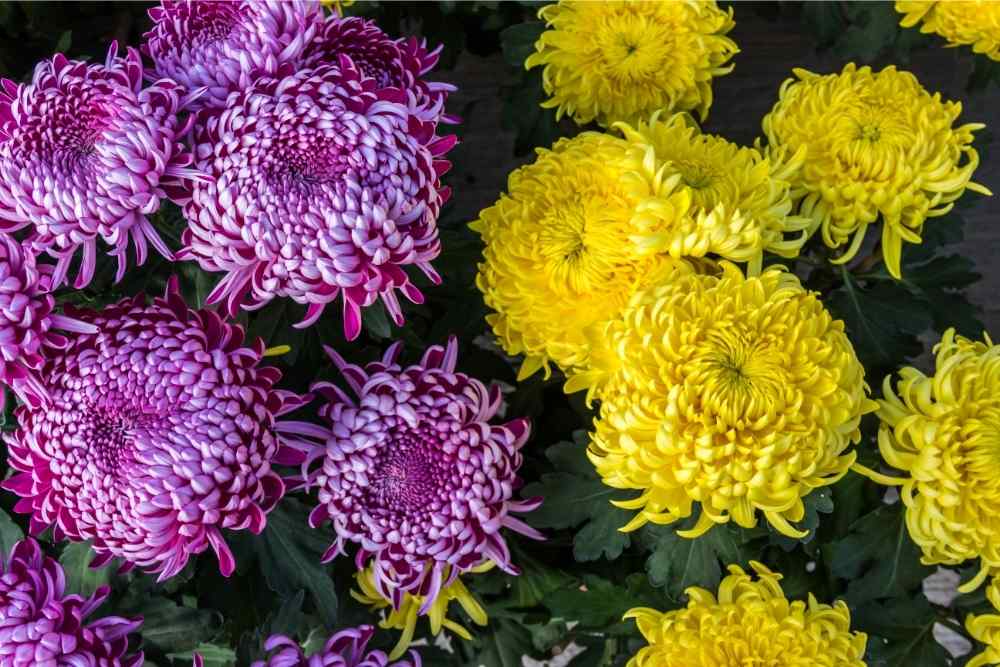
Semi-Woody
These plants also form a woody base and stems. Woody perennials can increase in width and height, providing them with the strength to support new wood every year. Plants considered semi-woody are given this name because they just aren’t as woody as a tree or shrub.
Here are a few quick examples of semi-woody plants.
- Climbing hydrangea
- Wisteria
- Rosemary
- Lavender
Why Choose a Perennial Plant?
Perennials make great plants for those who live in areas with unpredictable weather. Perennials have evolved to come back season, after season. If you live in a cold climate, you don’t have to worry about these plants coming up too early and dying out by a sudden onset of cold temperatures.
Perennials also create a large tapestry of bright colors for your garden! With careful planning, you can have different varieties of perennials to give your yard a different look during the different seasons. Remember, there are perennials for each garden. This means you can find the perfect perennial for your yard’s particular conditions. When you start narrowing down the unique growing conditions of your yard, it narrows the large list and makes picking the perfect perennials easier.
What is the Difference Between Annuals and Perennials?
The difference between these two types of plants is simple. Perennial plants regrow every spring while annuals live for one growing season and then die off. Other differences include the growing conditions and subgroups of each plant! There is a plant for everyone, and not having a green thumb is actually okay in this instance.
Perennials can be thought of as woody plants such as trees, shrubs, and certain vines. Annuals are flowering plants that flower once and don’t come back. This would require replanting with another plant or replanting during the plant’s ideal weather. Because perennial plants generally have a shorter blooming period compared to annuals, it is common for gardeners to use a combination of both plants.
Biennials
Try not to confuse perennials with biennials. These plants take two years to complete their growth cycle before dying. Biennials don’t bloom until their second year. Although, some will act like short-lived perennials and will flower their first year early enough in the spring.
Where Can I Find Annuals and Perennial Plants For Sale?
You can find annual and perennial plants for sale on most plant websites. Consider Planted Pot your hub for all things plant! We carry various plants and provide you with all the information you would need to care for them and watch them thrive!
Other places you can find these plants for sale are local nurseries and retailers. When purchased from retailers, these plants often need to be repotted and transplanted quickly as they will not survive too long in small pots and containers. These stores, at times, do not use quality soil, which hinders the growth of any plant.
Final Thoughts – What is the Difference Between Annuals and Perennials?
The differences between these two types of plants don’t make one more ideal than the other. Their differences are what make them fun to plant and take care of. It can be a bit confusing deciding on what kind of plant would thrive best in your garden, but once you read about each plant’s nuances, it helps narrow your choices down.
There’s a plant for everyone! Yes, even for those that don’t have a green thumb. Perennials are hardy, and some even thrive in neglectful environments. Don’t worry, this time around, you won’t be the laughing stock of your friends like that time that you killed that succulent. We got you covered!


